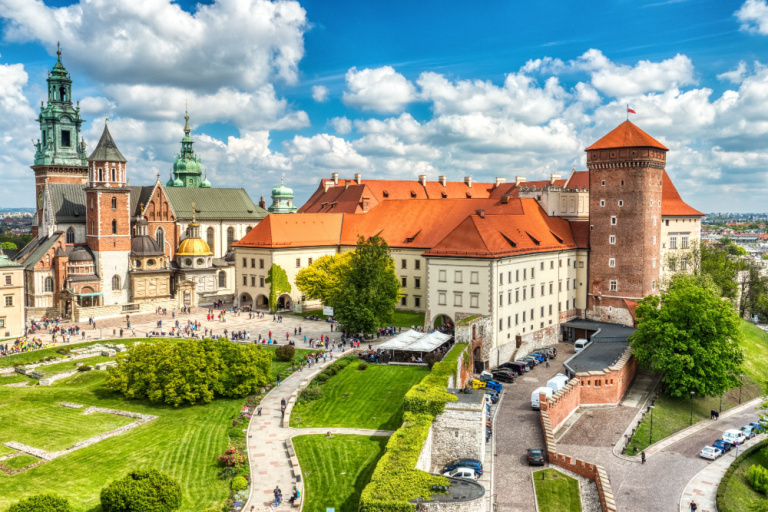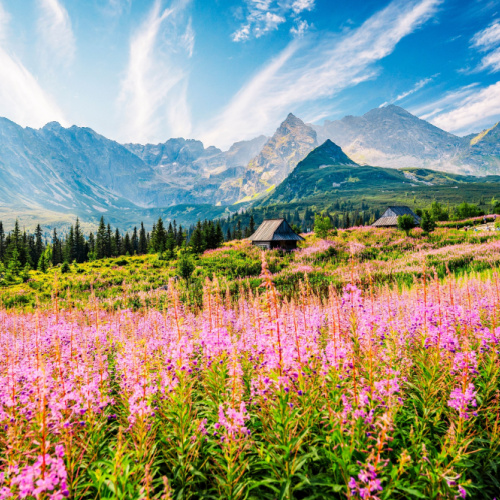Polish summers are warm and relatively sunny, with average temperatures ranging from 20°C to 25°C (68°F to 77°F), though heatwaves can bring hotter conditions. This season is ideal for outdoor activities like hiking in the mountains, visiting lakes, and exploring historic cities. Summers in Poland can also be marked by occasional thunderstorms, bringing brief periods of rainfall and cooler temperatures.
- All
- Albania
- Amsterdam
- Austria
- Belarus
- Belgium
- Bosnia
- Croatia
- Cyprus
- Denmark
- England
- Finland
- France
- Germany
- Greece
- Greenland
- Hungary
- Iceland
- Ireland
- Israel
- Italy
- Kosovo
- Luxembourg
- Malta
- Monaco
- Norway
- Poland
- Portugal
- Prague
- Romania
- Scandinavia
- Scotland
- Slovenia
- Spain
- Sweden
- Switzerland
- The Netherlands
- Ukraine
- More

Why Visit Poland?
Poland, a central European nation, is celebrated for its rich history, resilient spirit, and vibrant culture. The capital city, Warsaw, is a dynamic hub blending historical landmarks with modernity.
Poland’s landscapes range from the lush Tatra Mountains in the south to the serene Mazurian Lakes in the northeast. The country’s history is marked by a legacy of medieval kingdoms, the Polish-Lithuanian Commonwealth, and significant contributions to art, science, and literature. Poland is renowned for its historic cities like Krakow, the stunning architecture of Wroclaw, and the Auschwitz-Birkenau concentration camp memorial.





